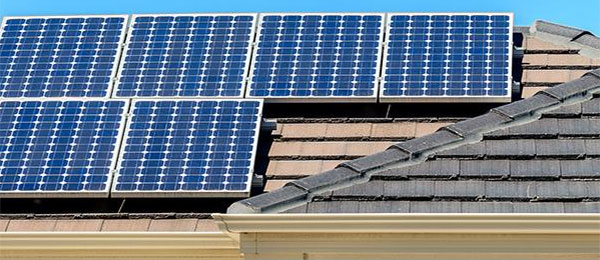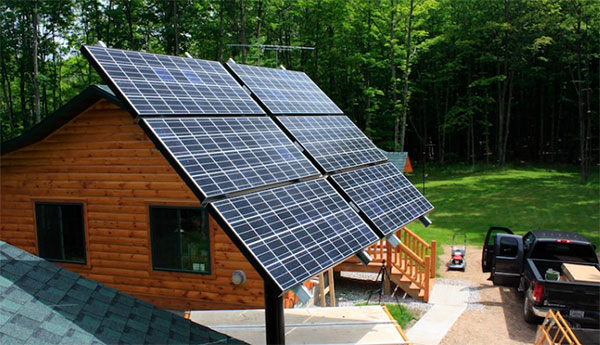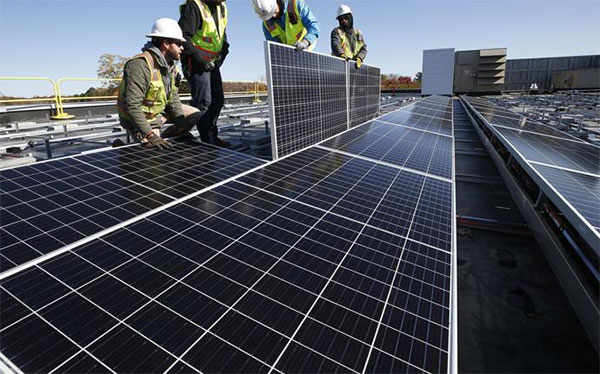Description
The best place for solar panels on a roof is the side with maximum sun exposure, typically facing south, with minimal shading and optimal tilt angle.
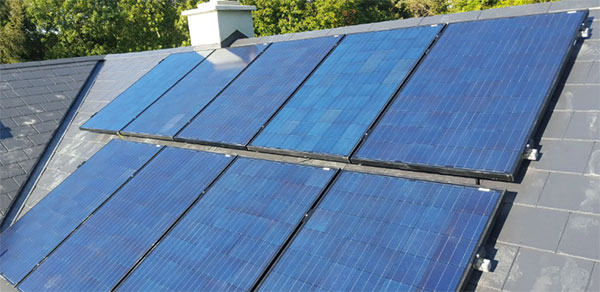
Evaluating Roof Suitability for Solar Panels
Roof Slope and Optimal Solar Panel Angles
Understanding the relationship between roof slope and solar panel angles is crucial for maximizing energy production. The optimal angle for solar panels is typically close to the latitude of the location. For example, a house in New York (around 40° latitude) would have an optimal angle of 40 degrees. However, this can vary based on specific regional factors.
Adjusting the angle of panels can increase efficiency by up to 20%. Panels placed at an angle less than 15 degrees may suffer from reduced performance due to debris accumulation.
Roof Material and Durability for Solar Installations
The material of your roof affects the feasibility and method of solar panel installation. Common materials like asphalt shingles are relatively easy to work with, whereas tile or metal may require specialized mounting systems.
Durability is vital since solar installations are long-term investments. A roof with a remaining lifespan of less than 15 years might need replacement before installing solar panels. The additional weight of panels, typically around 2-4 pounds per square foot, should be considered to ensure the roof structure can support it.
Assessing Roof Space and Panel Arrangement
The available space on your roof dictates the size and number of panels you can install, directly impacting the system's total power output. An average residential solar panel is about 65 inches by 39 inches, with an output of around 250 to 400 watts.
Balancing space and output is crucial. For an average household consuming 900 kWh per month, about 20-25 panels might be needed, requiring approximately 400-500 square feet of roof space
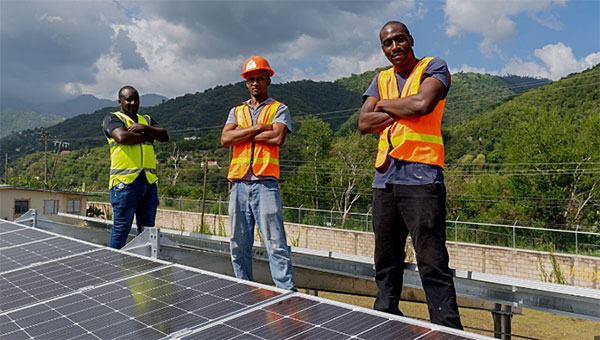
Factors Influencing Solar Panel Positioning
Geographic Location and Sun Exposure
The geographic location of a property is a primary factor in determining solar panel efficiency. Optimal sun exposure is crucial for maximizing energy production.
- In the Northern Hemisphere, solar panels should face true south for maximum sunlight exposure.
- Sunlight intensity varies by location; for instance, panels in Arizona will generate more power than those in Washington state due to higher sunlight intensity.
- Average solar irradiance in a region can be between 4 kWh/m2/day in less sunny areas to over 6 kWh/m2/day in sunnier locations.
Maximizing sun exposure is essential for achieving the highest efficiency and energy output from your solar panels.
Seasonal Variations and Solar Panel Adjustments
Solar panels can be adjusted seasonally to account for the sun's changing path:
- In summer, when the sun is high, a shallower angle (closer to horizontal) maximizes exposure.
- During winter, a steeper angle helps capture more sunlight.
- Adjustable mounts can increase energy production by up to 45% annually compared to fixed panels.
Adjusting the panels with the seasons can significantly enhance solar energy production.
Environmental Considerations and Local Climate
Local environmental factors play a significant role in the efficiency and longevity of solar panels:
- Areas with heavy snowfall require steeper panel angles for snow to slide off, preventing accumulation and possible damage.
- Coastal locations may require corrosion-resistant materials due to salt mist.
- Dust and pollen accumulation in certain areas can reduce efficiency by up to 7% and necessitates regular cleaning.
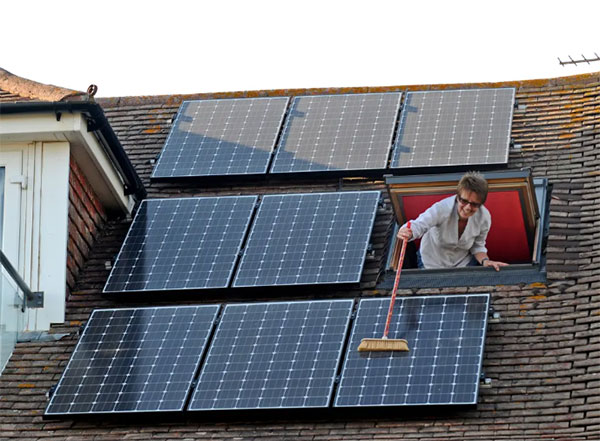
Maximizing Solar Panel Performance
Techniques for Optimal Energy Harvesting
Optimizing solar panel energy harvesting involves several key techniques:
- Proper Orientation and Tilt: Aligning panels to face true south (in the Northern Hemisphere) with a tilt angle equal to the latitude can increase efficiency by up to 20%.
- Utilizing MPPT Charge Controllers: These devices maximize the power output by adjusting the electrical operating point of the solar modules.
- Regular Cleaning: Dust and debris can reduce solar panel efficiency by 5-25%, depending on the area.
Choosing the right technology and maintenance practices significantly boosts the power output and efficiency of solar panels.
Balancing Aesthetic and Functional Aspects
Integrating solar panels without compromising on aesthetics involves:
- Building Integrated Photovoltaics (BIPV): These are solar cells integrated into building materials like roof shingles, offering a seamless look.
- Color and Design: Modern panels come in various colors and designs, helping them blend with the building’s architecture.
- Layout and Arrangement: Thoughtful layout can both maximize sun exposure and enhance the roof’s visual appeal.
The market offers solutions that merge solar technology with appealing designs, though often at a higher cost.
Maintenance and Long-Term Performance Considerations
Long-term maintenance is key to sustaining solar panel performance:
- Regular Inspections: Annual inspections can identify and rectify potential issues, preventing efficiency losses.
- Inverter and Cable Health: Inverters typically last about 10-15 years and are crucial for system performance.
- Warranty and Service: Most solar panels come with a 25-30 year warranty, but ensuring accessible servicing options is essential.
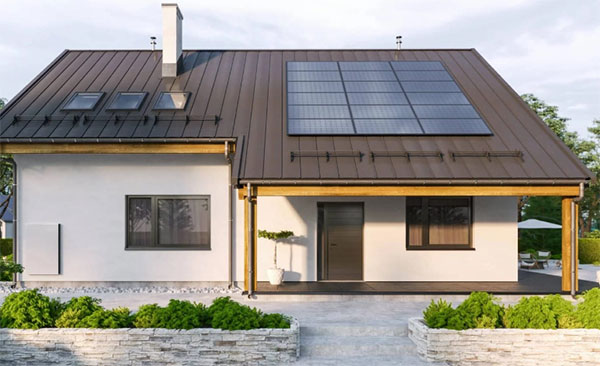
Technological Advancements in Solar Panel Placement
Innovative Mounting Systems for Optimal Placement
Advancements in mounting technologies have significantly enhanced the efficiency and adaptability of solar panel installations.
- Adjustable Mounts: Allow angle changes to match seasonal variations, potentially increasing energy production by up to 45%.
- Floating Solar Panels: Used in water bodies, these systems reduce land usage and the water's cooling effect can increase efficiency.
- Green Roof Systems: Combining vegetation and solar panels, these systems improve insulation and can extend the roof's lifespan.
Mounting systems must balance
cost (typically adding 10-25% to the overall installation budget) and
efficiency gains.
Solar Tracking Systems for Enhanced Efficiency
Solar trackers adjust the panels’ position throughout the day to follow the sun, significantly boosting energy production.
- Single-Axis Trackers: Can increase energy output by 25-35% compared to fixed panels.
- Dual-Axis Trackers: Offer up to 45% increase in production but at higher costs and maintenance needs.
Implementing solar trackers is a balance between the
initial investment and the
long-term gains in power output.
Integration of Smart Technology in Solar Panel Systems
Smart technology integration has revolutionized solar panel efficiency and monitoring.
- Smart Inverters: Allow for better integration with the grid and optimize power production.
- Remote Monitoring: Users can track performance and identify issues early, ensuring maximum efficiency.
- AI and Machine Learning: Predictive analysis for maintenance and performance optimization.





